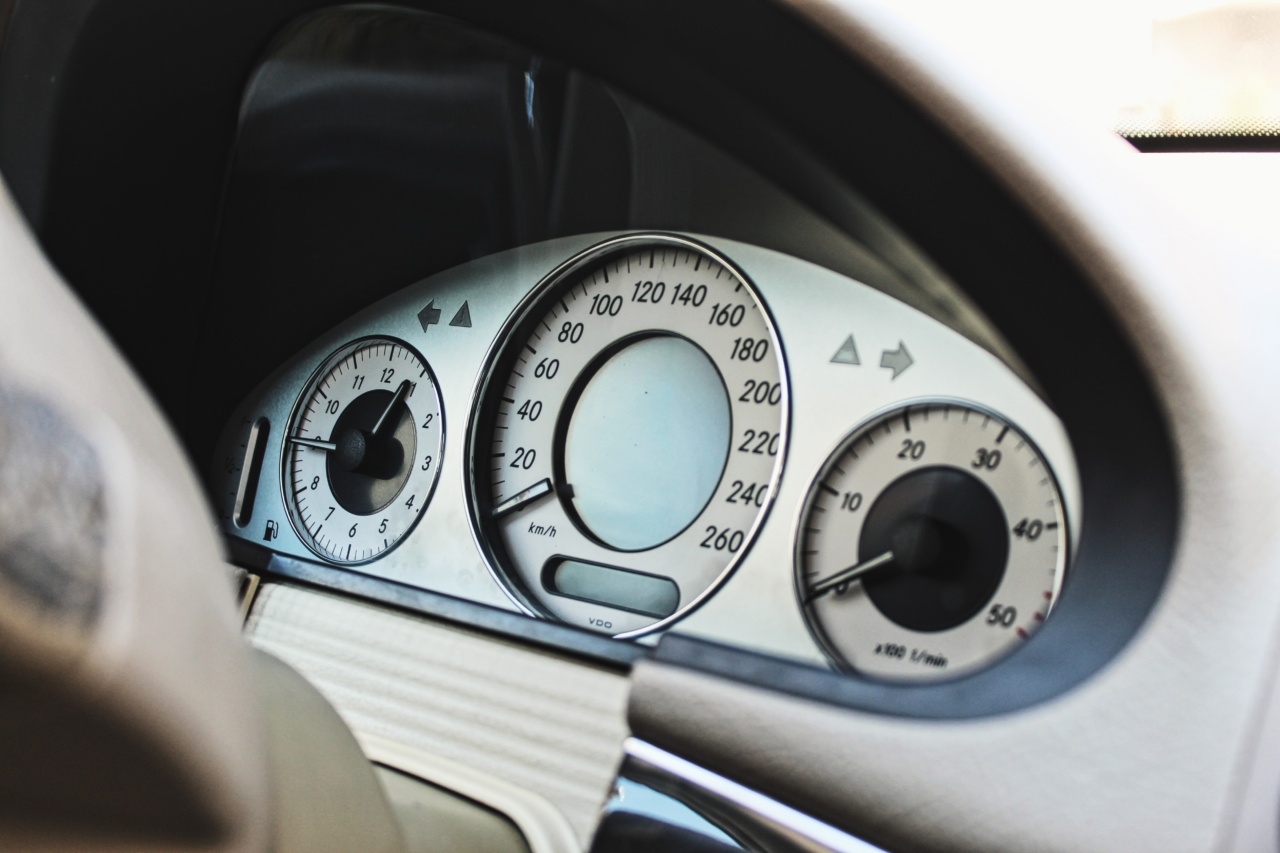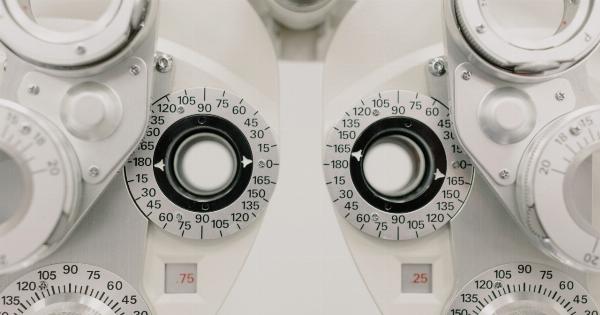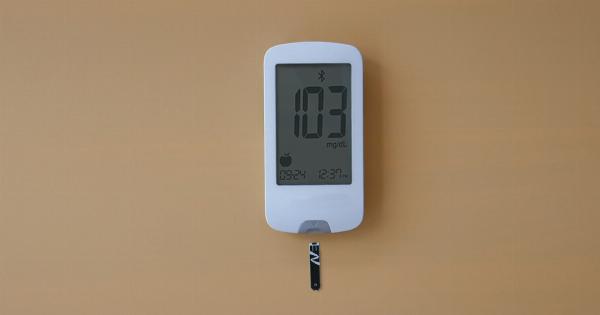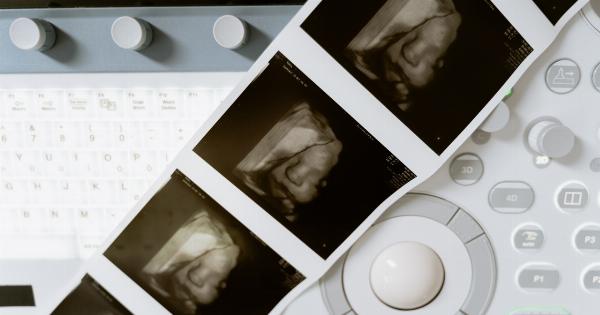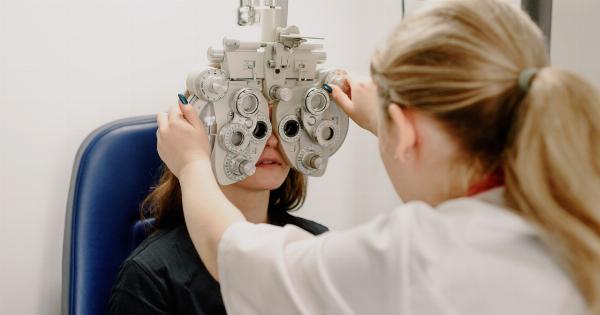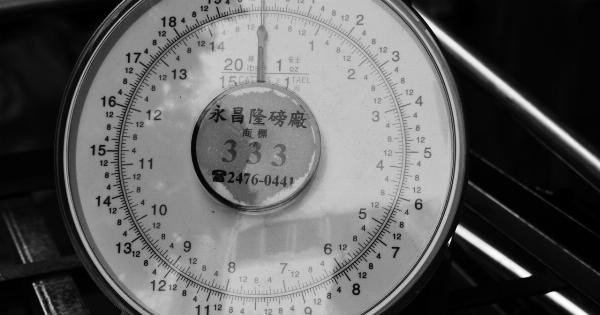Blood pressure is an essential vital sign that reflects the force exerted by circulating blood on the walls of blood vessels. It is a crucial indicator of cardiovascular health and is measured using different methods.
Accurate blood pressure measurement is vital for diagnosing and managing various medical conditions, including hypertension (high blood pressure) and hypotension (low blood pressure).
Direct Invasive Measurement
Direct invasive measurement is considered the most accurate method of measuring blood pressure. This method involves inserting a catheter directly into an artery to directly measure the pressure exerted by the blood.
It is commonly used in critical care settings, such as intensive care units (ICUs) and operating rooms.
Indirect Non-Invasive Measurement
The majority of blood pressure measurements are obtained using non-invasive methods that do not require direct access to the circulatory system.
1. Auscultatory Method
The auscultatory method is widely used and relies on a stethoscope and an inflatable cuff called a sphygmomanometer.
After wrapping the cuff around the upper arm, the healthcare professional inflates it to temporarily cut off blood flow to the brachial artery. They then slowly release the pressure while listening for characteristic sounds known as Korotkoff sounds using the stethoscope. The first sound signifies systolic pressure, while the disappearance of sounds corresponds to diastolic pressure.
2. Oscillometric Method
The oscillometric method is commonly used in automated blood pressure monitors. It measures blood pressure indirectly by analyzing the oscillations produced by blood flow in the arteries.
The cuff automatically inflates and deflates while the device calculates blood pressure based on the detected oscillations.
3. Doppler Ultrasound
The Doppler ultrasound method relies on the principles of ultrasound to measure blood pressure. A healthcare professional uses a handheld device called a Doppler probe to detect the movement of blood flow in the arteries.
By using the Doppler effect, which results in a change in the frequency of sound waves as they bounce off moving objects (in this case, red blood cells), blood pressure can be estimated.
4. Ambulatory Blood Pressure Monitoring (ABPM)
Ambulatory blood pressure monitoring involves the use of a portable device that is worn by the patient over a 24-hour period.
The device automatically inflates the cuff and records blood pressure readings at regular intervals, typically every 15 to 30 minutes during the day and every 30 to 60 minutes at night. This method provides a more comprehensive and accurate assessment of blood pressure than single-point measurements taken in clinics.
5. Finger and Wrist Devices
Finger and wrist devices are increasingly popular for measuring blood pressure at home. These devices typically use the oscillometric method and are more convenient than traditional upper arm cuff devices.
However, accuracy may vary depending on the individual’s anatomy and the specific device used.
6. Intra-Arterial Monitoring
Intra-arterial monitoring is a specialized method used in critical care settings to continuously measure blood pressure.
It involves the insertion of a catheter directly into an artery, typically the radial artery in the wrist or the femoral artery in the groin. The catheter is connected to a pressure monitoring system that provides real-time blood pressure measurements.
7. Tonometry
Tonometry is a technique used to indirectly measure blood pressure by assessing the properties of the arterial wall. It involves the use of specialized devices that apply pressure to the skin or a specific artery.
By measuring the changes in the arterial wall’s response to pressure, blood pressure can be estimated.
8. Arterial Line Monitoring
Arterial line monitoring is similar to intra-arterial monitoring but is typically used in critical care settings. It involves the insertion of a catheter directly into an artery, allowing continuous blood pressure monitoring.
The arterial line is connected to a transducer that converts the pressure into an electrical signal, which is then displayed on a monitor.
9. Non-Invasive Continuous Blood Pressure Monitoring
Non-invasive continuous blood pressure monitoring is a relatively new technique that avoids the need for cuffs or invasive procedures. It relies on advanced sensors and algorithms to continuously measure blood pressure.
These devices are typically worn on the wrist or finger and provide real-time blood pressure readings.
10. Photoplethysmography (PPG)
Photoplethysmography is a non-invasive method that measures blood volume changes in tissues using light. It is commonly used in wearable devices and pulse oximeters.
By analyzing the light absorbed and reflected by tissues, blood pressure can be estimated.
Conclusion
Measuring blood pressure is crucial for evaluating cardiovascular health and managing various medical conditions.
Different methods, including direct invasive measurement, indirect non-invasive methods, and advanced technologies, are available for assessing blood pressure. The choice of method depends on the clinical setting, patient characteristics, and the level of accuracy required.
